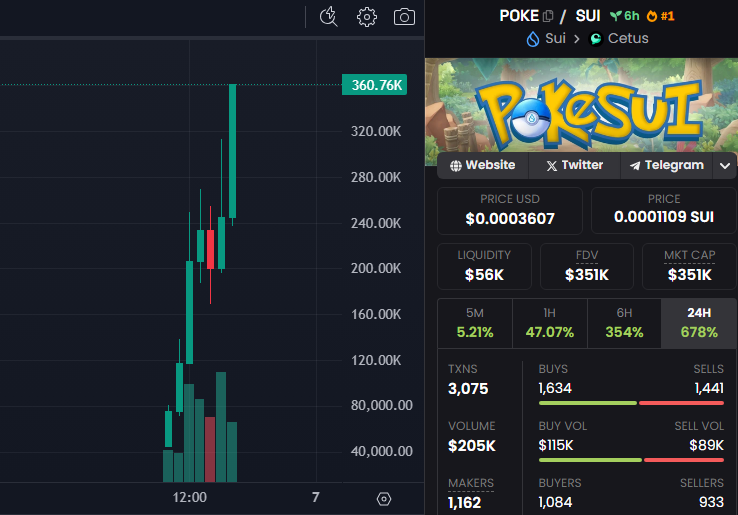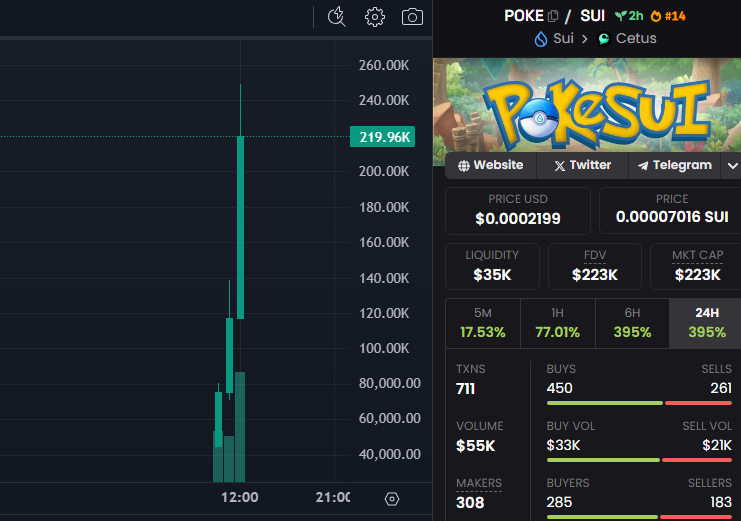Radio Caca (RACA) sta cercando di creare un proprio spazio all'interno del metaverso, sfruttando il crescente interesse per questa importante tendenza crittografica emersa nel 2021. Il mondo delle criptovalute è stato affascinato dal metaverso, creando innumerevoli mondi virtuali, tra cui giochi, terreni digitali, gallerie e altro ancora.
Oggi, il metaverso rimane una tecnologia crittografica di spicco, che combina token non fungibili (NFT), intelligenza artificiale (IA), apprendimento automatico (ML), realtà virtuale (VR) e realtà aumentata (AR) in un unico regno digitale. Radio Caca mira a far parte di questo paesaggio digitale immersivo, offrendo esperienze e opportunità uniche ai suoi utenti.
Cos’è Radio Caca?
Radio Caca è un'organizzazione autonoma decentralizzata (DAO) focalizzata sullo sviluppo della piattaforma Universal Metaverse. Questo progetto opera all'interno dell'ecosistema Web3 ed è stato inizialmente avviato dalla comunità di Maye Musk NFT Dog.
Con il forte sostegno di Consensys Mesh Tachyon, la società madre della popolare app MetaMask, Radio Caca vanta una delle più grandi comunità Web3 nello spazio delle criptovalute, con oltre 29 regioni di appassionati. Il suo numero di follower raggiunge centinaia di migliaia di individui su vari social network, come Twitter, Telegram e Discord.
Il team di Radio Caca
Il team di Radio Caca è stato fondato nel maggio 2021 da Jeff Watney, un imprenditore con sede in California. Nel corso del tempo, il progetto ha ampliato il suo team incorporando sviluppatori provenienti da varie regioni, tra cui Asia, Europa e Silicon Valley.
Funzionamento di Radio Caca
Il viaggio di Radio Caca è iniziato nel 2021 con il lancio del marketplace RACA NFT. In meno di sette mesi, il progetto ha raggiunto un notevole volume di scambi di oltre 682 miliardi di RACA, pari a circa 1,3 miliardi di dollari in base al prezzo RACA del 6 aprile 2022. La piattaforma vanta l'Universal Metaverse, che ospita il suo pionieristico gioco play-to-earn (P2E), Metamon.
Il team prevede l'introduzione di altri giochi blockchain e di numerose collezioni NFT disponibili attraverso il proprio marketplace. Inoltre, il mercato facilita il commercio di beni di gioco. Radio Caca opera su diverse blockchain, tra cui Binance Smart Chain (BSC), Ethereum, OEC e Solana.
RACA: token nativo di Radio Caca
RACA è la criptovaluta nativa dell'ecosistema di Radio Caca, introdotta nell'agosto 2021. Il suo valore è rimasto relativamente basso, non superando mai una frazione di centesimo. Il token ha un'offerta massima di 500 miliardi di unità e l'offerta totale è di 431,4 miliardi di RACA. A giugno 2023, sono in circolazione circa due terzi dell'offerta massima, pari a 334,65 miliardi di gettoni.
Casi d’uso di RACA
RACA funge da token di governance del progetto, fornendo ai suoi possessori il diritto di voto sulle proposte e consentendo loro di presentare nuove idee. Inoltre, alimenta il metaverso e viene utilizzato nel mercato NFT. Inoltre, RACA può essere utilizzato per scopi di trading e investimento in criptovalute.
Distribuzione di RACA
La distribuzione di RACA è la seguente:
- Il 63,54% è distribuito alla comunità di Radio Caca.
- Il 25,24% è destinato al RACA DAO.
- L'11,22% è il reddito del RACA DAO derivante da NFT, giochi e mercati.



























